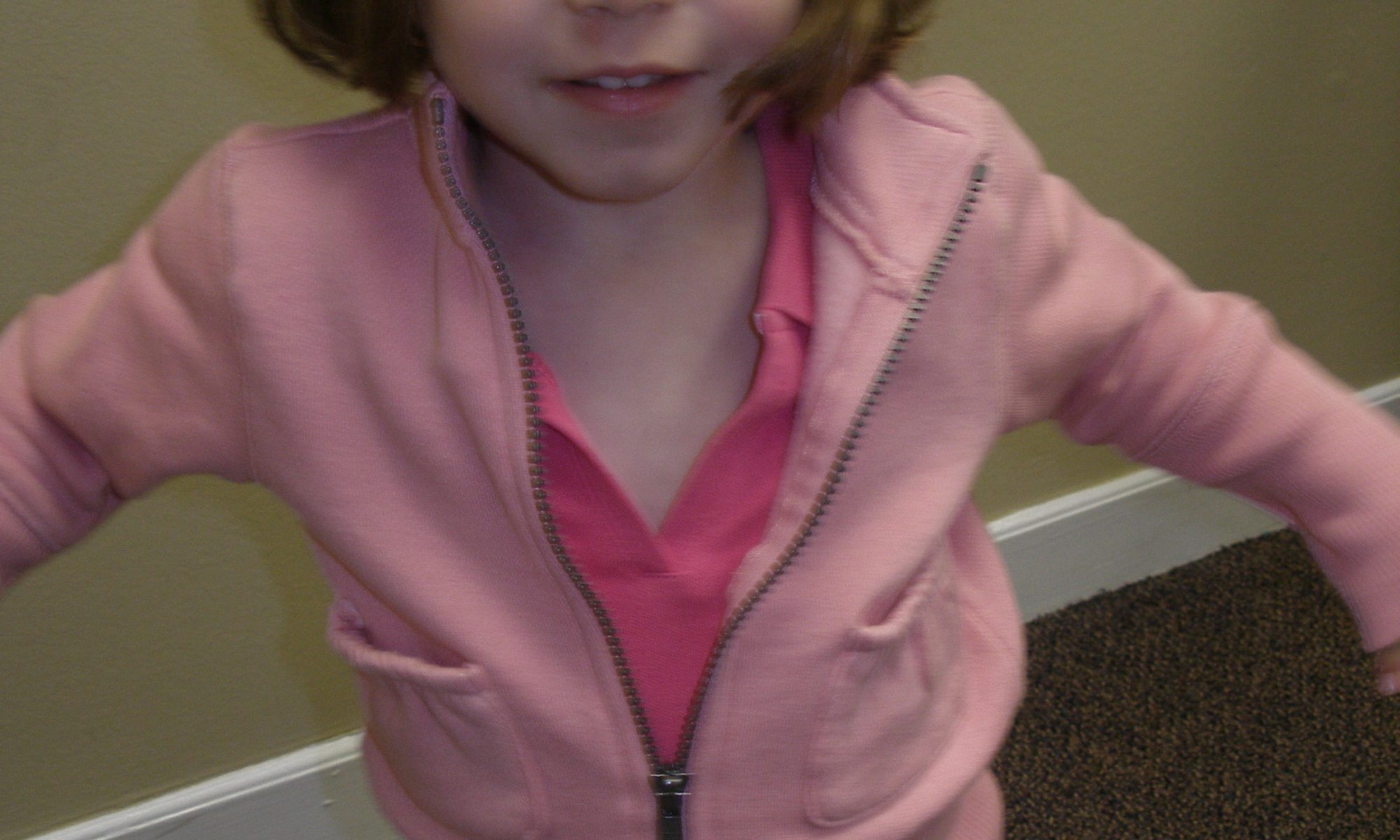“Exceptional spatial ability at age 13 predicts creative and scholarly achievements more than 30 years later, according to results from a Vanderbilt University longitudinal study, published today in Psychological Science, a journal of the Association for Psychological Science.” (from Early spatial reasoning predicts later creativity and innovation, especially in STEM fields)
Where Spatial Ability Begins
 So where does spatial ability begin? The development of spatial awareness actually begins in infancy as babies start to understand spatial relationships through concepts such as up/down, inside/outside, over, under, and all around. Discovering their hands and feet is also part of the developmental process.
So where does spatial ability begin? The development of spatial awareness actually begins in infancy as babies start to understand spatial relationships through concepts such as up/down, inside/outside, over, under, and all around. Discovering their hands and feet is also part of the developmental process.
Next comes a greater sense of body awareness for toddlers as they gain an understanding of spatial orientation between self and other objects. Preschoolers begin to understand the concept of landmarks and gaining a sense of direction. The learning keeps building and expanding as big kids then also begin to develop a sense of personal space, control of their bodies, and a greater understanding of positional words and directions.
Why we listen, label, dance, and use props
This is why all of the music listening, labeling, moving, direction following, and use of props that’s done in Kindermusik music classes is so powerful. And now we have the research to support what we’ve known all along… that there is a connection between early experiences in music and movement and creative and scholarly achievements later on. Music and learning definitely go hand-in-hand!
Give your a child a head start in learning and for life
Come see how Kindermusik can help develop your child’s spatial ability. Try a free class on us today!
– Contributed by Theresa Case, owner of an award-winning Kindermusik program at Piano Central Studios in Greenville, SC

